
cd_nom
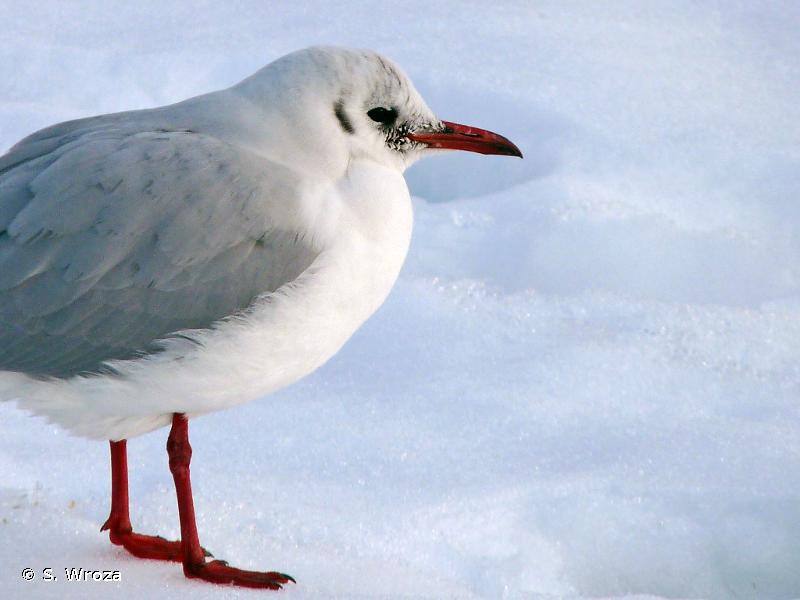
| Author : S. Wroza |
 |
Despite the Creative Commons license, please inform the author of the use which will be made of his photo
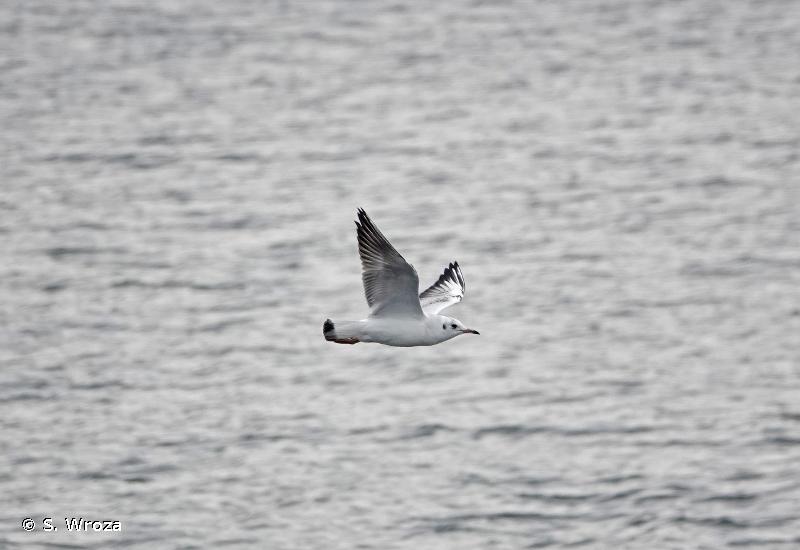
| Author : S. Wroza |
 |
Despite the Creative Commons license, please inform the author of the use which will be made of his photo

| Author : A. Lacoeuilhe |
 |
To get the picture, please visit:
Aurélie Lacoeuilhe
aurelie.lacoeuilhe@wanadoo.fr
Despite the Creative Commons license, please inform the author of the use which will be made of his photo
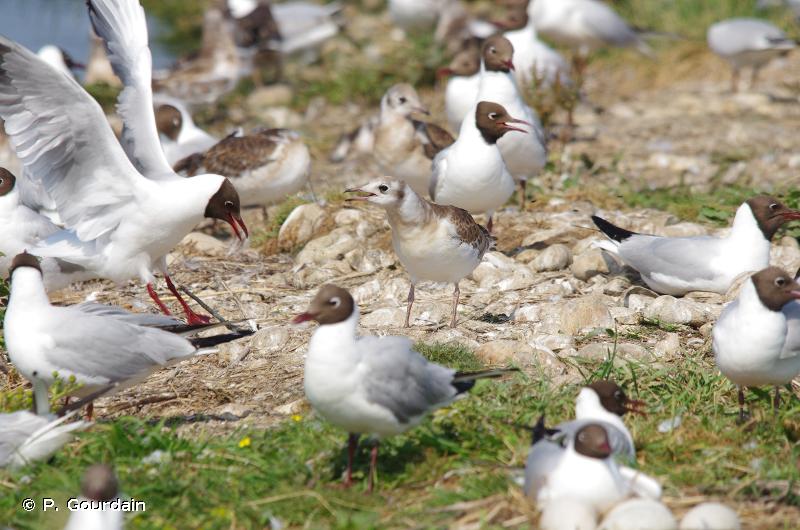
| Author : P. Gourdain |
 |
To get the picture, please visit:
Philippe GOURDAIN
Muséum national d'Histoire naturelle - Service du Patrimoine Naturel
36 rue Geoffroy Saint-Hilaire
CP 41
75 231 PARIS CEDEX 05
e-mail : inpn@mnhn.fr
Despite the Creative Commons license, please inform the author of the use which will be made of his photo
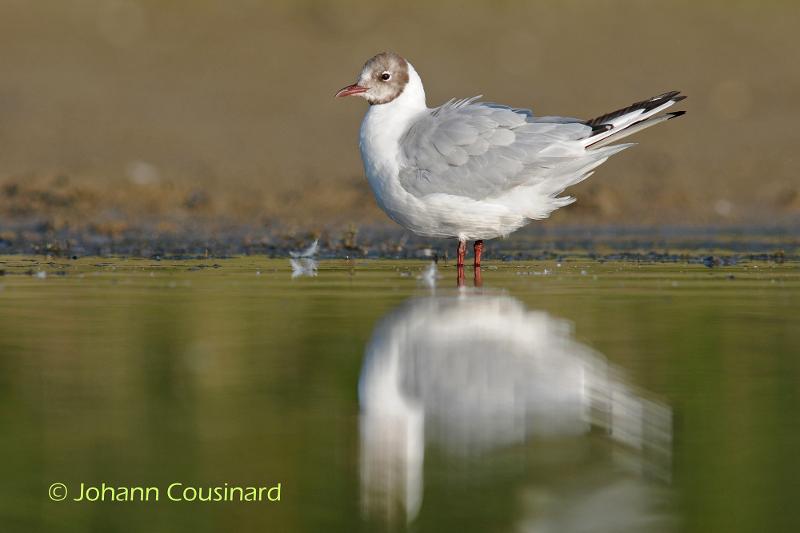
| Author : Johann Cousinard |
 |
To get the picture, please visit:
Johann Cousinard
www.johanncousinard.fr
email : johann_cousinard@yahoo.fr
Despite the Creative Commons license, please inform the author of the use which will be made of his photo
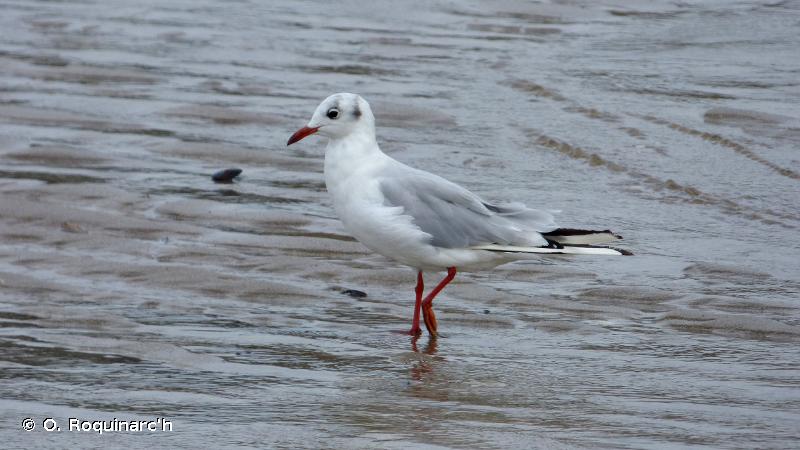
| Author : O. Roquinarc'h |
 |
To get the picture, please visit:
Océane ROQUINARC'H,
Muséum national d'Histoire naturelle,
Service du Patrimoine Naturel,
4 Avenue du Petit Château,
91800 BRUNOY
mail : oroquinarch@mnhn.fr
Despite the Creative Commons license, please inform the author of the use which will be made of his photo
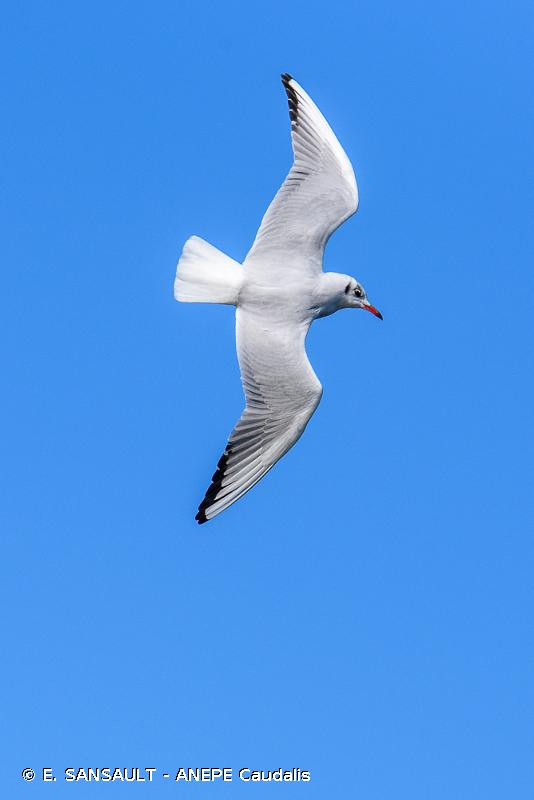
| Author : E. SANSAULT - ANEPE Caudalis |
 |
To get the picture, please visit:
Eric Sansault
ANEPE Caudalis
email : inpn@mnhn.fr
Despite the Creative Commons license, please inform the author of the use which will be made of his photo

| Author : FNPF - Laurent Madelon |
 |
To get the picture, please visit:
Laurent Madelon
Fédération Nationale de la Pêche en France et de la protection du milieu aquatique
inpn@mnhn.fr
Despite the Creative Commons license, please inform the author of the use which will be made of his photo
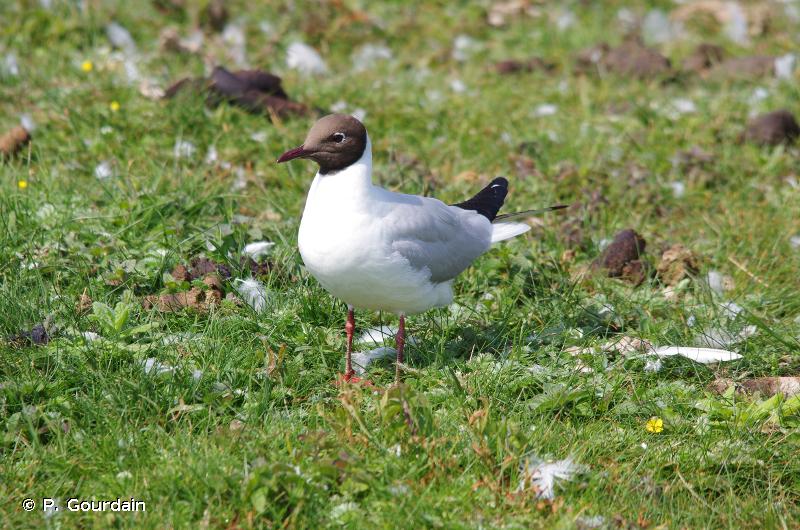
| Author : P. Gourdain |
 |
To get the picture, please visit:
Philippe GOURDAIN
Muséum national d'Histoire naturelle - Service du Patrimoine Naturel
36 rue Geoffroy Saint-Hilaire
CP 41
75 231 PARIS CEDEX 05
e-mail : inpn@mnhn.fr
Despite the Creative Commons license, please inform the author of the use which will be made of his photo
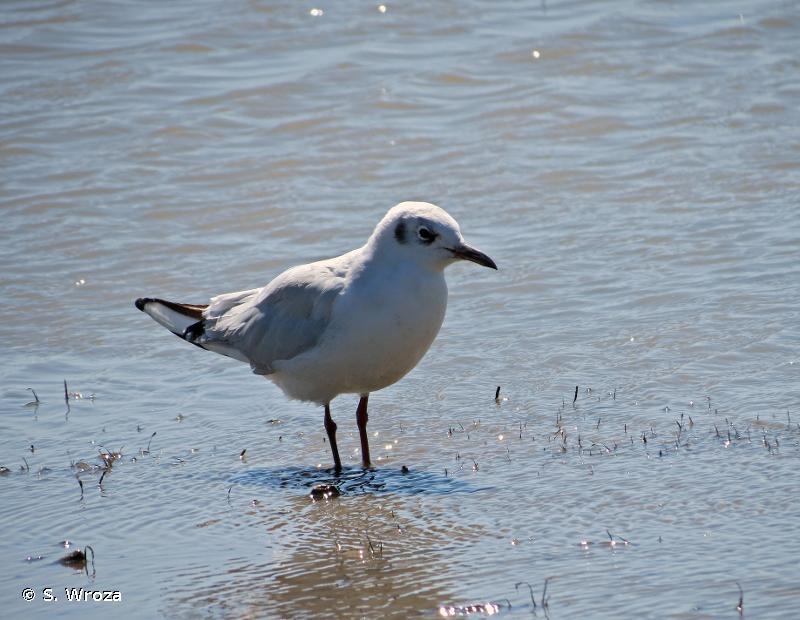
| Author : S. Wroza |
 |
Despite the Creative Commons license, please inform the author of the use which will be made of his photo
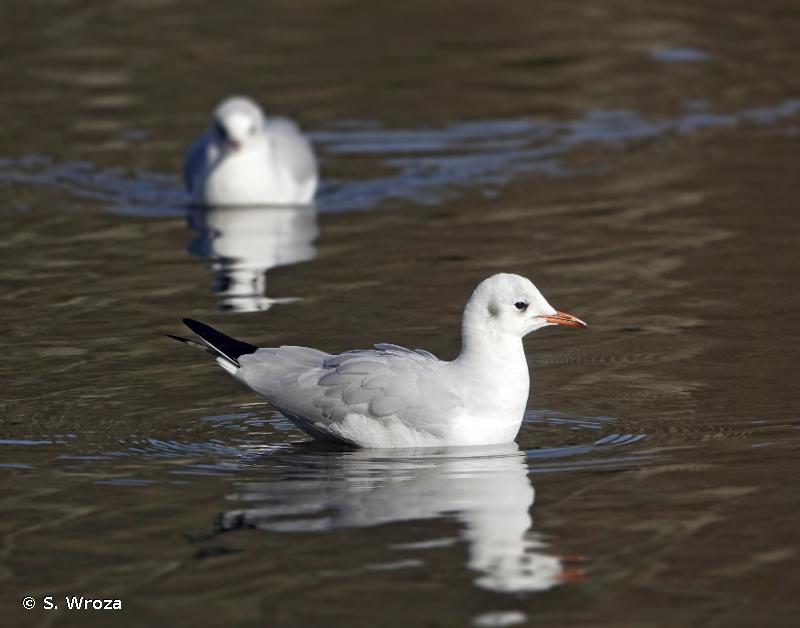
| Author : S. Wroza |
 |
Despite the Creative Commons license, please inform the author of the use which will be made of his photo
Longueur 34-37 cm, envergure 100-110 cm, poids 200-400 g.
La Mouette rieuse s'installe toujours près d'eaux calmes ou stagnantes, le plus souvent des lacs, gravières, canaux, rivières lentes ou estuaires. En dehors de la saison de reproduction, elle fréquente les eaux intertidales, évitant les côtes rocheuses ou trop exposées, et de plus en plus les sites intérieurs tels que les réservoirs, les décharges et les parcs urbains.
Elle se nourrit surtout d'animaux, en particulier d'insectes et de vers de terre, mais complète fréquemment son alimentation avec des végétaux et des déchets ménagers ou industriels. Elle peut être kleptoparasite et charognarde. Les méthodes et le régime varient fortement selon les localités, la saison, la disponibilité des ressources et l'apprentissage individuel. La recherche se fait en marchant, nageant ou volant à différentes hauteurs selon le type d'aliment voulu.
L'espèce est grégaire tout au long de l'année, les colonies comme les dortoirs hivernaux pouvant compter plusieurs milliers d'oiseaux. Elle est monogame et les mêmes partenaires sexuels renouvellent parfois leur association d'une année sur l'autre, mais les cas sont rares.
Le nid est fait à même le sol ou dans la végétation basse, plus rarement dans la végétation aquatique, sur des bâtiments ou des arbustes bas. C'est une simple dépression recouverte d'éléments végétaux. La ponte de 2 ou 3 œufs (rarement 1 ou 4) débute en avril. L'incubation dure 23 à 26 jours et les jeunes sont volants à l'âge de 35 jours.
Spanneut, L.(Ecosphère, Service du Patrimoine Naturel.),2008
Continental
Metropolitan France
Overseas
Marine
Metropolitan France
Overseas
The map presents a summary at the 10 x 10 km grid of the observation data for the species transmitted to the SINP. These data have been subjected to validation filters.
The map presents a reference distribution layer of the species at the scale of departments and marine sectors. The presence and absence data were established by expertise within a network of partners. This reference distribution is used in the validation process of the SINP data at the INPN level.
Corresponds to a report on the basis of at least one observation proved within a period of 10 years (20 years for little-known invertebrates) preceding the year and no presumption of extinction since obtaining the last data nor doubt on reproductive and implemented nature of this population. For migratory species, the presence indicated concerns areas of reproduction.
This status is based on one or more of the following criteria:
This point covers the absence, more difficult by nature to demonstrate than presence. This status is based on one or more of the following criteria:
This status must be assigned to a department in which the presence of the species is casual.
Particular case of absence due to a proven extinction less than a half century ago (older disappearances are treated as "no probable or definite").
In the state of knowledge, we can not comment on the presence or absence in the current department. This is the default status when not comprised in one of the previous categories or whenever there is doubt.
The map shows the global distribution of the species based on GBIF data (Global Biodiversity Information Facility).
